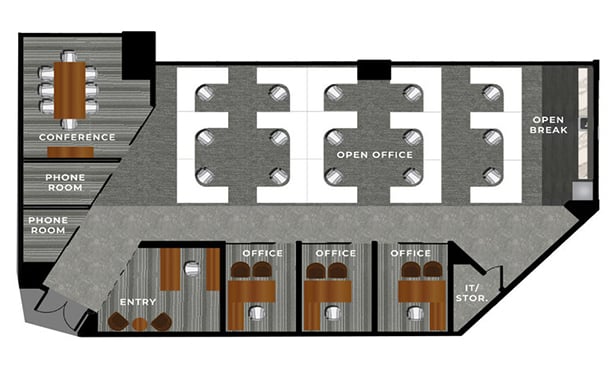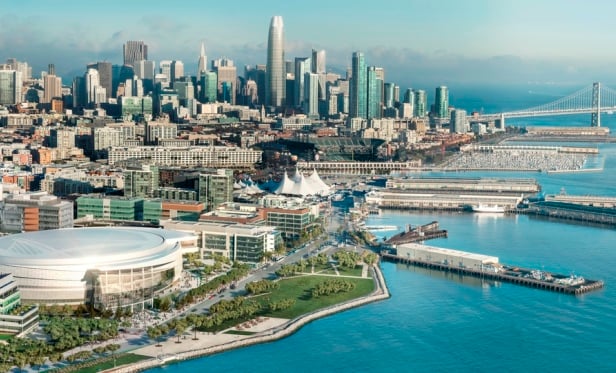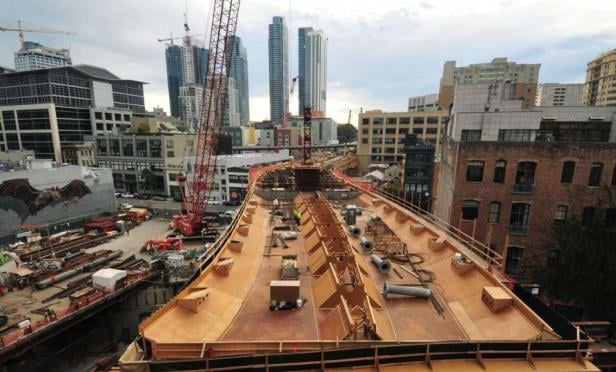ST. LOUIS—The St. Louis industrial market has already had a record-setting year with 3.2-million-square-feet of positive absorption, according to second quarter statistics just published by Cassidy Turley. After just six months, this year the market has already exceeded any of the annual absorption totals in the last decade.
In the second quarter, the industrial market saw 1.5-million-square-feet of net absorption. South County showed the most strength with 489,224-square-feet of positive absorption. Metro East kept up a torrid pace with 422,061-square-feet of positive absorption, and Mid-County amassed 379,308-square-feet – the highest level of absorption in the history of that submarket. Furthermore, the vacancy rate plunged from 7.2% to 6.7% -- the lowest rate since 2005.
“There are very limited large blocks of space available,” Paul Hilton, senior managing director of Cassidy Turley, tells GlobeSt.com. In fact, there are only three class A buildings with more than 200,000-square-feet of available space in the entire market. As a result, “you're going to see a really solid push in rental rates in the next 12 months.”
“It's manufacturing and consumer goods that are driving this,” Matt Eastin of the firm's industrial team tells GlobeSt.com. For example, the largest lease deal of the last quarter was by Unilever for 513,474-square-feet at the TriStar Properties' Gateway Distribution Center in Edwardsville, IL, just across the river in the Metro East area.
“That is a market that is truly at zero percent vacancy,” he adds. And all of this activity will eventually result in more than higher rental rates. As reported in GlobeSt.com, for example, PCCP, LLC, a real estate finance and investment management firm, and TriStar, for example, just formed a joint venture to acquire 45 acres of land for the speculative development of a 673,000-square-foot bulk warehouse building at the Gateway center.
“We also anticipate another spec building that will start moving dirt in the fall,” says Eastin, probably around 500,000-square-feet. And “we will definitely see more over the next 12 months.”
What impresses him most about this year is that companies have started to occupy class B structures as well. Whereas last year, class B industrials saw negative absorption, this year so far they comprise about one-half of the total absorption. “To say it's been an outstanding year is an understatement.”
Want to continue reading?
Become a Free ALM Digital Reader.
Once you are an ALM Digital Member, you’ll receive:
- Breaking commercial real estate news and analysis, on-site and via our newsletters and custom alerts
- Educational webcasts, white papers, and ebooks from industry thought leaders
- Critical coverage of the property casualty insurance and financial advisory markets on our other ALM sites, PropertyCasualty360 and ThinkAdvisor
Already have an account? Sign In Now
*May exclude premium content© 2024 ALM Global, LLC, All Rights Reserved. Request academic re-use from www.copyright.com. All other uses, submit a request to [email protected]. For more information visit Asset & Logo Licensing.








